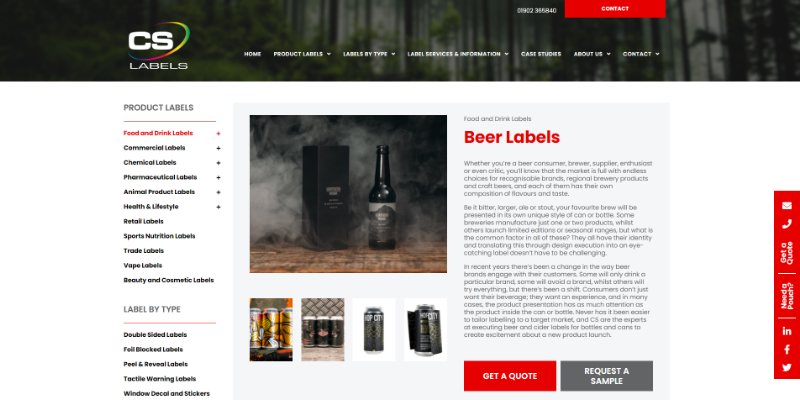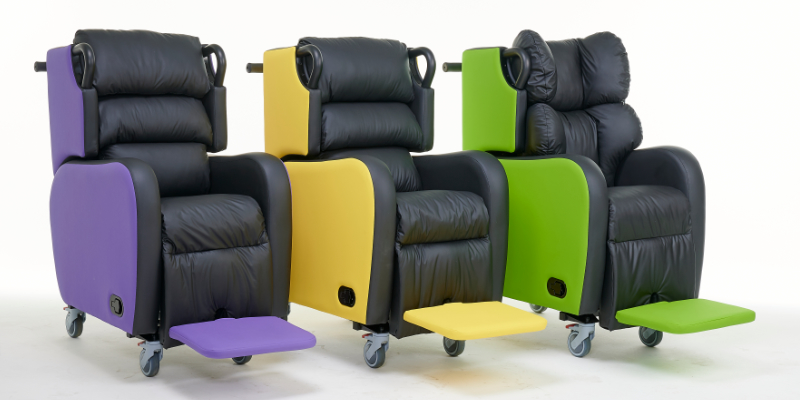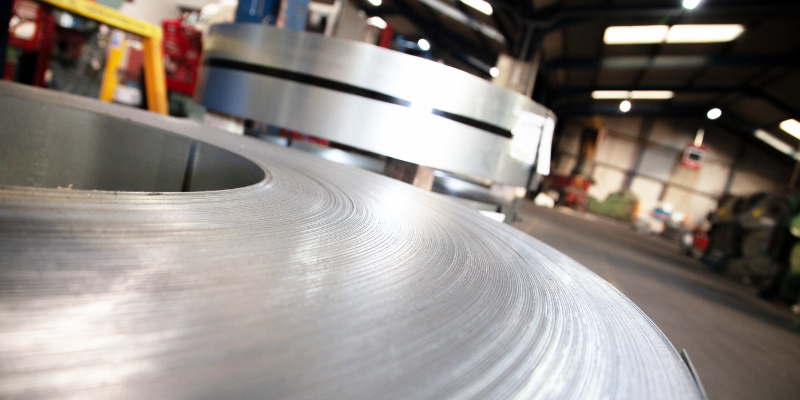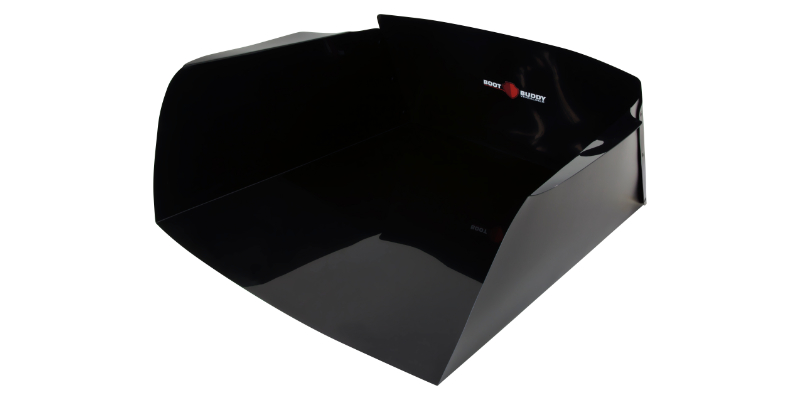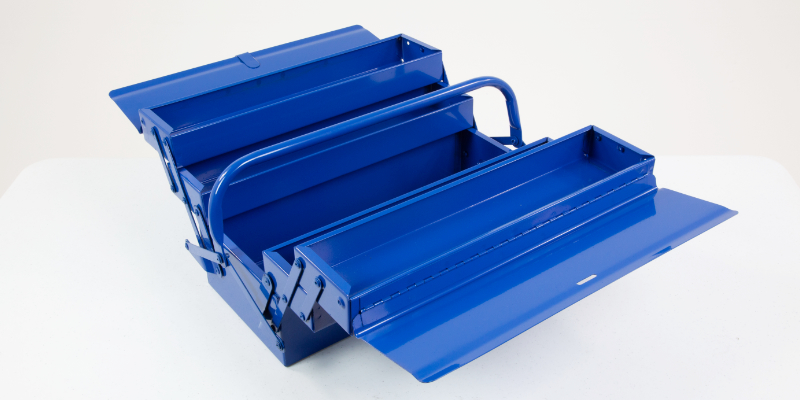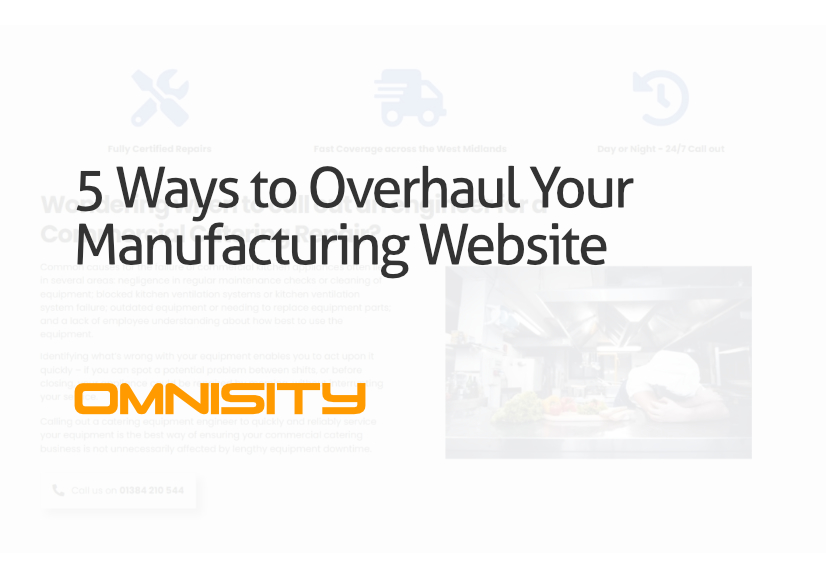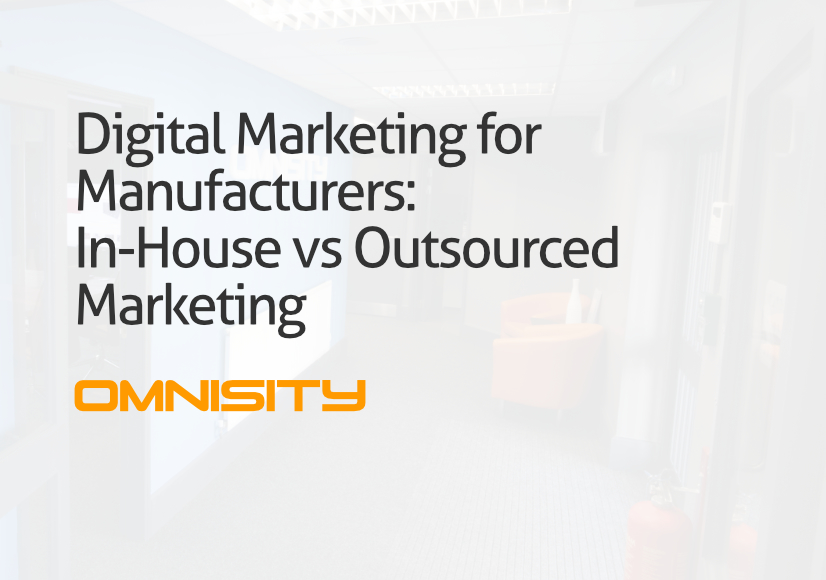Website for Manufacturers: Website Visual Checklist
If you're looking to create or update your website, there are a few things you need to keep in mind. This blog post will discuss the essential elements of websites for manufacturers and how you can make sure yours is up-to-date!
Key Talking Points:
The first and most important thing to keep in mind when creating website designs for manufacturers is that it needs to be mobile-friendly. In today's world, more people are using their phones and tablets to browse the internet than ever before. This means that your website needs to be designed with mobile users in mind. Make sure your site is responsive, meaning it will adjust to fit any screen size.
As a part of this, make sure that all of your content is easily accessible on a smaller screen. If potential customers have to zoom in or scroll around too much, they're likely to give up and move on to someone else's site. In addition, you'll want to make sure your site loads quickly on mobile devices. People are impatient, and if your site takes too long to load, they're likely to click away before they even get a chance to see what you have to offer.
One way to speed up your site is to use Google's Accelerated Mobile Pages (AMP) technology. This will help your website load faster on mobile devices and can give you a boost in the search rankings as well. If you're not sure how your website looks on mobile devices, there are a few ways to check.
Firstly, you can use Google's Mobile-Friendly Test tool. Just enter your URL, and it will tell you if your site is mobile-friendly or not. You can also use a tool like BrowserStack to test how your site looks on different devices and browsers. Now that we've covered mobile-first design let's move on to some other important elements of manufacturer websites.
It's not enough to just have a website; it needs to be user-friendly as well. This means that potential customers should be able to easily navigate your site and find the information they're looking for. An excellent way to test this is to put yourself in the shoes of a potential customer. Try to find the information you need on the site and see how easy (or difficult) it is. If you have trouble finding what you're looking for, chances are your customers will as well.
In addition, websites for manufacturers should be easy to use on all devices, not just mobile. This means that buttons and links should be big enough to click on, and forms should be easy to fill out. If your site is difficult or frustrating to use, people are likely to give up and look elsewhere.
Finally, websites for manufacturers should be designed with your customer's journey in mind. Think about what they need to know at each stage of the process and make sure your content is organised accordingly. If you can make it easy for potential customers to find what they're looking for, you're more likely to convert them into actual customers. Now that we've covered some of the most important elements of a manufacturer's website, let's take a look at a few visual elements you'll want to consider as well.
When someone visits your website, the first thing they'll notice is the overall design. This includes the colours, fonts, and layout of the site and is also a very powerful tool for marketing for manufacturers' websites. And whilst there are no hard and fast rules when it comes to design, there are a few things you'll want to keep in mind.
To start, it's crucial to create a visual hierarchy on your site. This means that you need to use colours, fonts, and other elements to highlight the most important information. For example, if you want people to know about a new product you're launching, you might use a bright colour or large font size to make sure it stands out.
Secondly, less is more when it comes to design. You don't want your website to be too busy or cluttered. This can be overwhelming for potential customers and make it difficult for them to find what they're looking for. Instead, use white space to break up and surround your content to make it easier to read.
And finally, remember that your website is a reflection of your brand. So take some time to think about the overall look and feel you want to convey. Once you have a good understanding of that, you can start designing your site with that in mind.
Your website's content is one of the most important elements. After all, it's the reason people are visiting your site in the first place - they’re looking for websites for manufacturers with great services! And whilst you want to make sure your content is informative and accurate, you also need to make sure it's easy to read.
This means using short paragraphs, clear headings, and bullet points where relevant. You also want to avoid using jargon or technical terms that people might not understand. And finally, make sure your content is scannable. This means using headlines, subheadings, and lists to break up your text and make it easier for people to skim.
If you can provide easy-to-read content on your website, you're more likely to keep people's attention and give them the information they're looking for. And that's a win-win for both you and your customers.
Your website's colour scheme is one of the essential design tips for websites to consider. After all, colours can significantly impact people's emotions and can even influence their buying decisions. So it's important to choose a colour scheme that reflects your brand and the message you're trying to convey, whilst also being inviting for customers.
There are a few things you'll want to keep in mind when choosing your website's colour scheme. First, make sure the colours you choose complement each other. You don't want your site to look too busy or chaotic. Second, think about the emotions you want to evoke with your colours. And finally, consider using different colours for different sections of your site. This can help people navigate your site more easily and compartmentalise the information they're looking for.
As you're designing your website, it's important to keep your design balanced. This means using a mix of different elements, such as colours, fonts, images, and whitespace. And while there are no fixed rules when it comes to successful website design for manufacturers, there are a few things to bear in mind.
Ensure the different elements on your site are in proportion to each other. For example, if you have a lot of text on your site, you might want to use larger fonts or more whitespace to break it up. And don't be afraid to experiment with different layouts, to make certain your content is presented as well as it can be.
Sometimes just changing the way your content is arranged can make a big difference in what a good website looks like and how easy it is for people to read and navigate your site. And finally, remember that less is often more when it comes to website design considerations. So if you're not sure whether something is working, try removing it and see how it looks.
Whitespace is often underrated in design. But the truth is, it's one of the most important elements of your website. That's because whitespace can help to make your site more readable and easier to navigate. It also gives your site a clean, uncluttered look that can be very pleasing to the eye.
So if you're designing your website, don't be afraid to use some whitespace. It might seem like a small thing, but it can make a big difference in the overall look and feel of your site. Don't be afraid to use some extra space on your website. It might just be the thing that takes your site from good to great.
High-quality images and videos are a great tip regarding how to make a website interesting and can help to make your website more engaging and visually appealing. And when it comes to manufacturing websites, this is especially important. After all, people want to see what you're making before they buy it.
So if you have high-quality images or videos of your products or services, make sure to showcase them on your website. This will give potential customers a better idea of what you're selling and can help increase sales. Just be sure to use appropriate file sizes so that your site doesn't take too long to load.
Images and videos are a great way to make your website more engaging. If you have high-quality visuals of your products, be sure to showcase them prominently on your site. This will give potential customers a better idea of what you're selling and can help increase sales.
By following these eight tips, you'll be well on your way to designing a manufacturing website that is sure to impress. Just remember to take your time, experiment with different ideas, and don't be afraid to ask for help if you need it. With a little effort, you'll end up with a website that looks great and functions even better.
... with an impactful, innovative, intuitive and responsive web design that will help drive your business forward in 2022 and beyond by clicking here or by speaking to a member of our team today on 01384 294 444 or by emailing our friendly team at [email protected]. We look forward to hearing from you.

